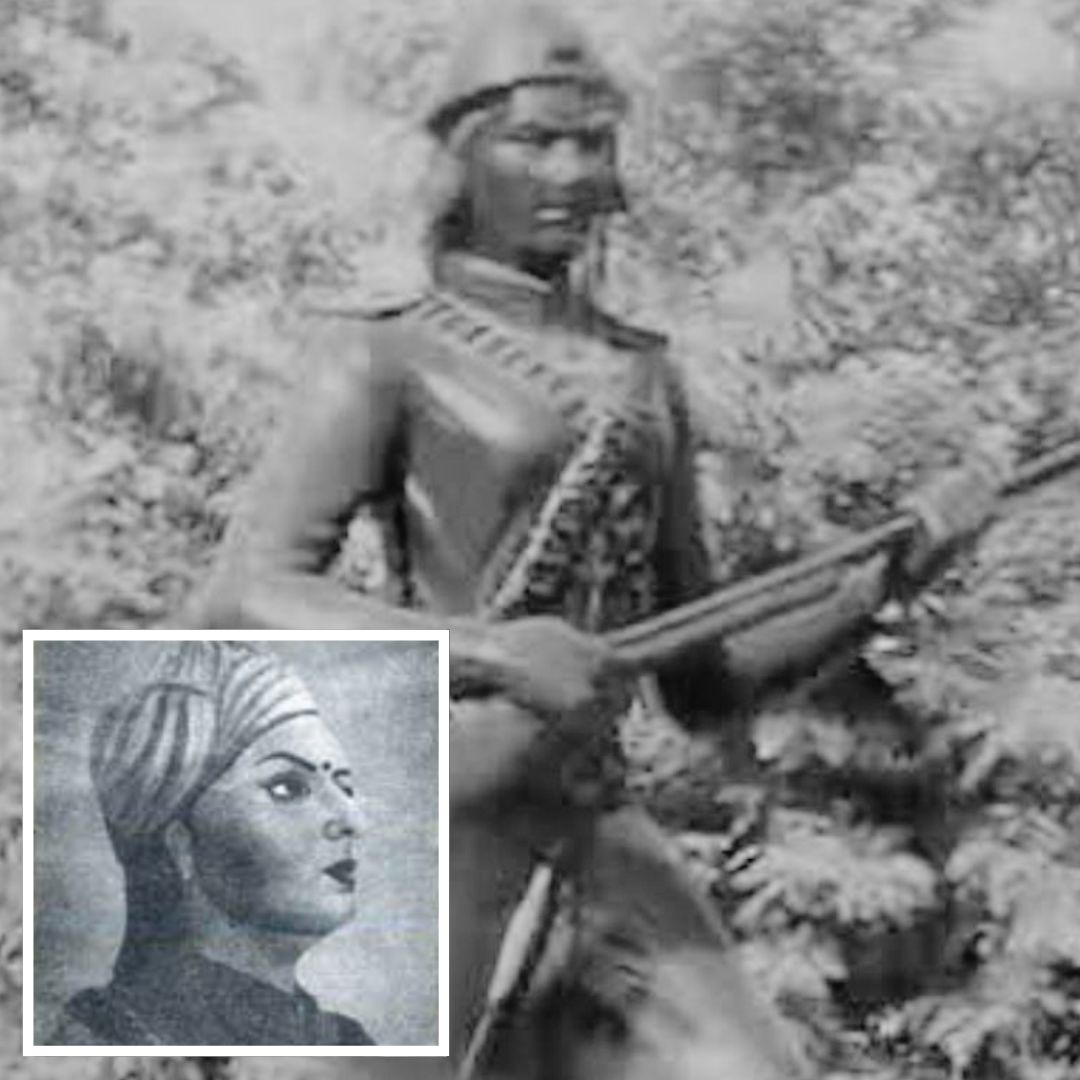
Image Credit: Facebook/ Venkaiah Naidu, Twitter/ Joy Bhattacharjya
Long Road To Freedom: Lesser Known Revolutionaries Who Played Crucial Role In Indian Independence
Writer: Ronit Kumar Singh
A confident and reliable journalist who always desires to toss the unheard voices. I cover politics and governance extensively through stories.
India, 14 Aug 2022 9:33 AM GMT | Updated 15 Aug 2022 8:42 AM GMT
Editor : Shiva Chaudhary |
A post-graduate in Journalism and Mass Communication with relevant skills, specialising in content editing & writing. I believe in the precise dissemination of information based on facts to the public.
Creatives : Ronit Kumar Singh
A confident and reliable journalist who always desires to toss the unheard voices. I cover politics and governance extensively through stories.
History remembers freedom fighters' contribution to the Indian Independence Movement. The focus on the struggle of oppressed castes also remains important, which helped in making India a Democratic and Independent country.
The Indian Independence Struggle Movement is popularly known in history, pop culture and research papers for the contribution made by the freedom fighters. The task was to make India free of colonial rule and the British Crown by Gandhian non-violent ideology and non-Gandhian violent actions where some sacrificed their lives, and some contributed through politics of the Indian National Congress (INC) and Muslim league.
Freedom Fighters like Bhagat Singh, Mangal Pandey, and Sukdev Thapar, to name a few, were iconic revolutionary nationalists who sacrificed their lives, and people also recall them through observing anniversaries and viewing popular culture. Anyhow, history has erased the contributions of Dalit freedom fighters who equally contributed to making India a Democratic country.
The contribution of Dalits to the Independence struggle movement becomes vital for more than one reason. Firstly, they were fighting with a society which never accepted them as equals and brought an extreme level of negligence in offering them equal opportunities. Secondly, despite continuing the fight with society, they took the courage to battle colonial rule. Notably, they were fighting for freedom where they would still be oppressed.
Dalit Revolutionary Figures
People often remember the 1857 Mutiny with Rani Laxmi Bai and other freedom fighters. Still, they forget to recall the contribution of Dalit leader Uda Devi who fought courageously against the British East India Company, Wikipedia suggests.
The call for mutiny against British rule was rising in 1857, and Indians needed more numbers on their side. In Sikander Bagh, near Jhansi, several British forces were trying to break the resistance of Indians. Suddenly, British officers noticed that most of their causalities had bullet wounds that were only possible through a sniper.
Soon after, commander Colin Campbell asked another officer to fire at a suspicious peepal tree, and he did so with the proper aim. Following this, a person fell to the ground; it was Uda Devi dressed in men's clothes and avenging her husband's death.
In Reminiscences of the Great Mutiny publication, William writes about Uda Devi, "She was armed with a pair of heavy old-pattern cavalry pistols, one of which was in her belt still loaded, and her pouch was still about half full of ammunition, while from her perch in the tree, which had been carefully prepared before the attack, she had killed more than half-a-dozen men."
The history of revolutionary fighters like Uda Devi, Jhalkari Bai, Rani Gaidinliu, and Kuyili remains blurred as they come from the Scheduled Castes, which has constantly struggled pre and post-independence to get equal opportunities and rights in society.
The Department of Commerce of Delhi University and the Social Studies Foundation also organised a seminar in New Delhi on August 8 to mark the 75th year of India's Independence. The seminar focused on discussing the role of oppressed castes in the Indian Freedom Struggle and invited the descendants of such freedom fighters.
In the seminar, the panel emphasised the importance of remembering such freedom fighters as they are also equal contributors to making a 'Free India'.
Also Read: 75th Independence Day: Indian Railways Set To Carry Heritage Run Of 167-Yr-Old Steam Engine
 All section
All section














